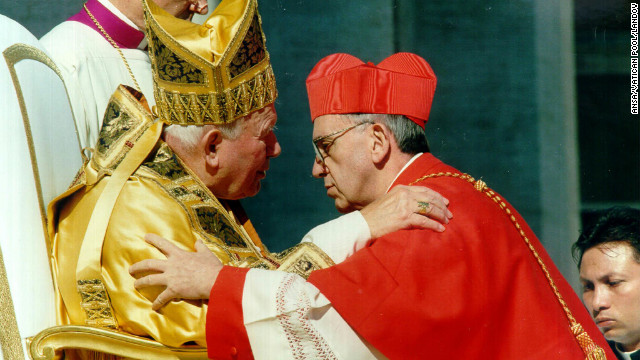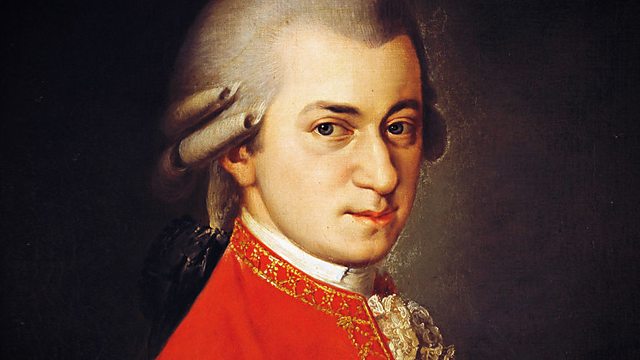Classical Music Styles
Friday, March 1, 2013
0
comments
{[["☆","★"]]}

Most of these musical styles developed into their current form during
the Classical period. During the Romantic period and the twentieth
century, the musical boundaries expanded so that these styles became
more free and varied, or broke out from these style altogether. The
major musical styles are:
Symphony
A large-scale work for full orchestra. Usually consists of four
movements or sections, often alternating fast-slow. Beethoven's ninth
symphony was the first to break with tradition in that he included vocal
soloists and a full choir into the final movement. Other composers who
wrote well-known symphonies are Haydn (wrote 104 of them), Mozart,
Schubert, Brahms, Tchaikovsky, Mahler and later Prokofiev and
Shostakovich.
Concerto
Also a large-scale work for full orchestra but with the addition of an
instrumental soloist. Most commonly this is a piano, violin or cello,
but can be any instrument of the orchestra. The interplay between the
orchestra and the soloist is the distinguishing feature of the concerto.
Vivaldi's Four Seasons is a collection of four violin concertos. Other
great concertos include the violin concertos of Beethoven, Brahms,
Tchaikovsky and Sibelius, the piano concertos of Mozart, Beethoven, and
Tchaikovsky and the cello concertos of Dvorak and Elgar.
Suite
A collection of short musical pieces, usually dances, to form a larger
work. Can be for orchestra or solo instrument. Best known are
Tchaikovsky's Nutcracker suite and Respighi's Ancient Airs and Dances.
Opera
Operas are very large scale pieces that are a mixture of music and
theatre. Operas usually contain a full orchestra, solo singers and
choir, who are required to act as well as sing. Operas can also be
enjoyed for their music content alone. Well known operas are Mozart's Magic Flute, Bizet's Carmen, Wagner's Ring cycle (a huge set of four operas) and Puccini's Madame Butterfly.
Chamber Music
A quaint definition is that chamber music is for a small group of
listeners. More precisely, it is for a small group of performers,
ranging for one (eg a sonata) to about six or eight (a sextet and
octet). They can include any types of instruments in combination, and
the focus again is on the interplay between the instruments.
Sonata
The equivalent of a symphony but for just one or two instruments. A
piano sonata is usually a piano alone (Beethoven wrote 31 of them) while
a violin sonata usually has a piano accompaniment.
Duos, Trios, Quartets, Quintets, Sextets, Octets
Music for small groups of instruments. They can include any types of
instruments in combination, and the focus again is on the interplay
between the instruments. The most famous style is the string quartet,
which is made up of 2 violins, viola and cello. These are usually very
complex, serious pieces.
THANK YOU FOR YOUR VISIT, PLEASE COME BACK SOON...
Title: Classical Music Styles
Written By Kristofani
Hopefully this article useful to you. If you wish to quote either part or all of the contents of this article, please include dofollow links to http://kristianporung.blogspot.com/2013/03/classical-music-styles.html. Thank you for reading this article.Written By Kristofani





















0 comments:
Post a Comment